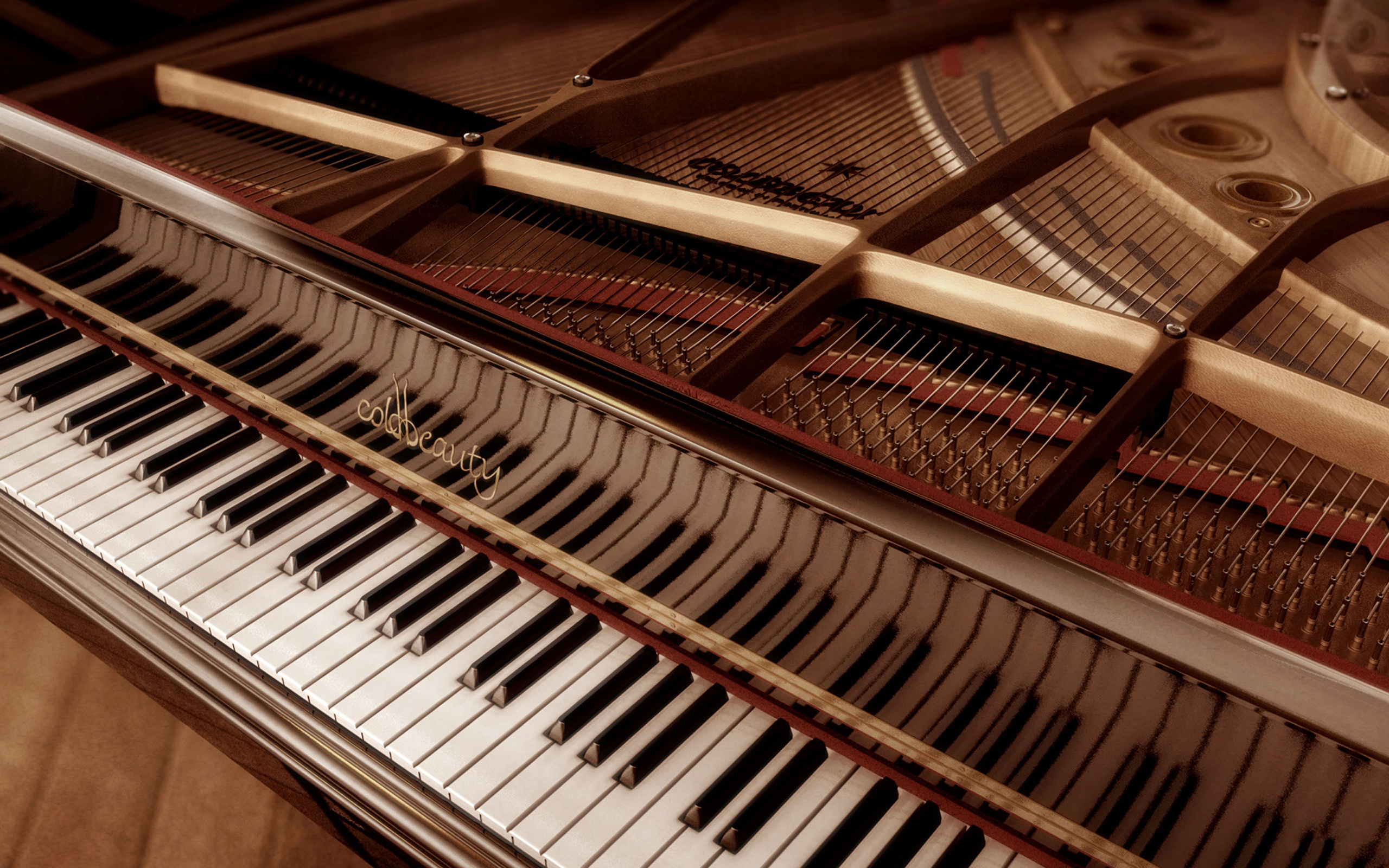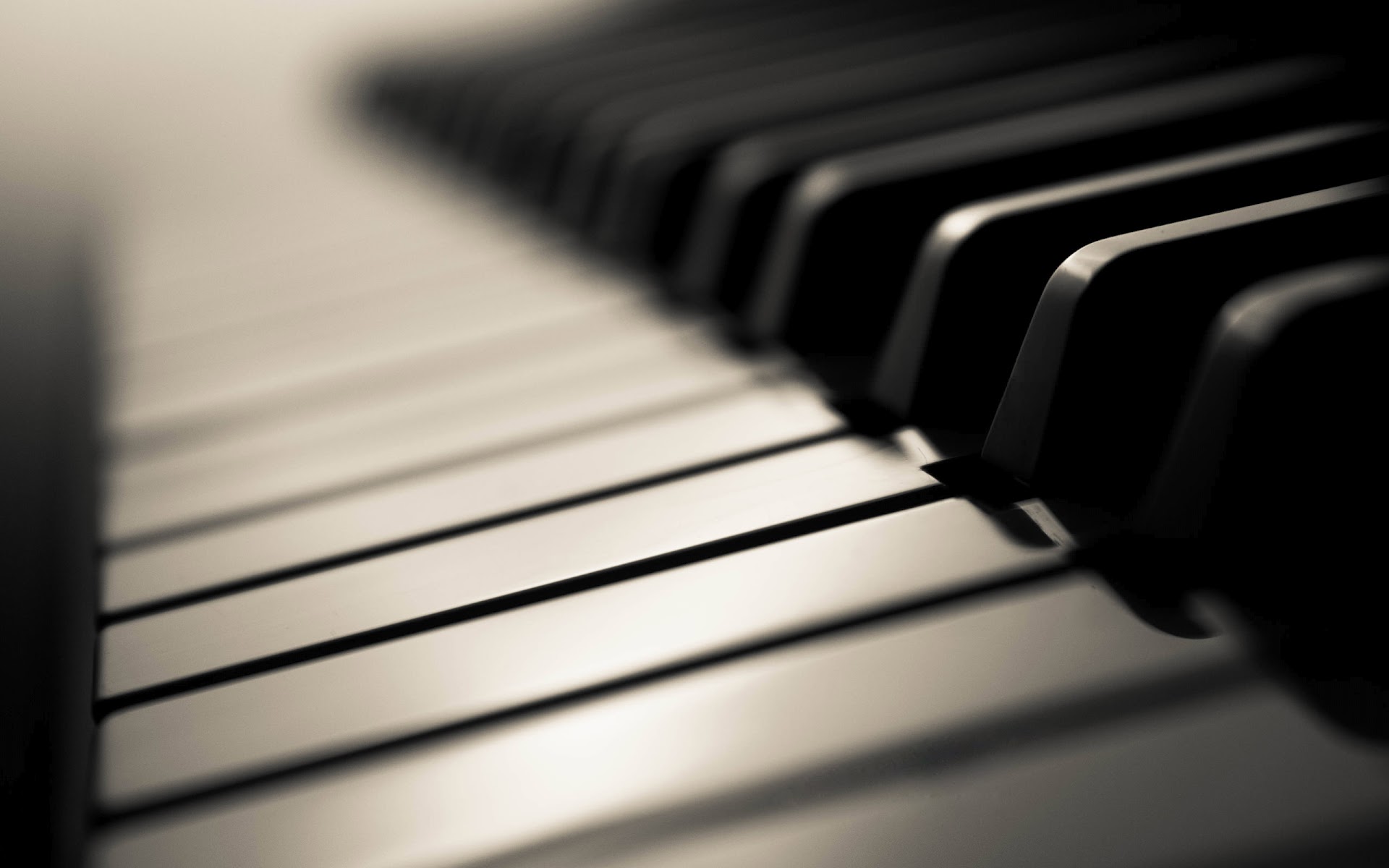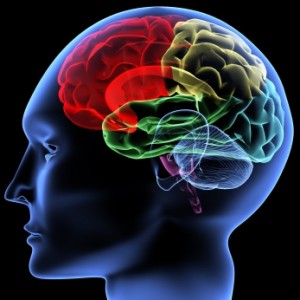 |
| AP - Alice Herz-Sommer, who was believed to be the oldest survivor of the Holocaust, is shown here in 2010. She died Feb. 23 in London at age 110. |
Her daughter-in-law, Genevieve Sommer, confirmed her death to the Associated Press. The cause was not reported.
By the end of her life — through books, YouTube appearances and a short documentary film nominated this year for an Oscar — Mrs. Herz-Sommer and her optimism had become known to tens of thousands of people.
Born in Prague in what was then Austria-Hungary, she grew up in a family that socialized with writers such as Franz Kafka and Rainer Maria Rilke. By her mid-30s, she had become an accomplished musician, a wife and a mother, and a Jew living in Nazi-occupied Czechoslovakia.
In 1943, Mrs. Herz-Sommer was sent with her husband and their 5-year-old son to the camp-ghetto outside Prague known in German as Theresienstadt and in Czech as Terezin. The camp served as a transfer point for Jews en route to death and labor camps. It also was used as a propaganda tool for Nazi officials seeking to demonstrate to Red Cross and other observers that European Jewry was not in danger.
Theresienstadt had a library. Artists imprisoned there were permitted to paint, and professors were permitted to lecture — in addition to performing forced labor. And amid the squalid living conditions, rampant disease and deportations, there was music.
Mrs. Herz-Sommer, who had studied under a former student of composer and virtuoso pianist Franz Liszt, was said to have played in more than 100 concerts during her incarceration at Theresienstadt.
“We scavenged for potato peelings as people starved to death around us,” the Jerusalem Post quoted her as saying. “People ask, ‘How could you make music?’ We were so weak, but music was special, like a spell. Music was my food.”
At the camp, Mrs. Herz-Sommer performed largely from memory. She played Chopin’s notoriously difficult etudes, she played the works of Schubert and she played Beethoven.
“Beethoven is my religion,” she told the New York Times in a 2007 interview. “I am Jewish, with Beethoven as religion. . . . He gives me the faith to live and to say to me: Life is wonderful and worthwhile, even when it is difficult.”
The Daily Telegraph noted that Mrs. Herz-Sommer participated in performances of Verdi’s Requiem. Once, when asked by a reporter if the musicians had regarded the work as a requiem for the Jews, she replied, “Why not?”
She said that she dedicated herself during her imprisonment in Theresienstadt to shielding her son from the reality of what transpired there. She succeeded. The young man — who grew up to become the noted cellist Raphael Sommer — told an interviewer years later that he had “very good memories of that place,” thanks to his mother.
He was said to have served as her page-turner and played the sparrow in “Brundibar,” the children’ s opera composed by Hans Krása, who also was imprisoned at Theresienstadt.
About 90 percent of the 15,000 children who passed through Theresienstadt died in the death camps, according to the U.S. Holocaust Memorial Museum. Raphael was among those who survived. His father, Mrs. Herz-Sommer’s husband, died after being transferred to Dachau.
“When I came back home it was very, very painful because nobody else came back,” Mrs. Herz-Sommer once told the London Guardian. “Then I realized what Hitler had done.”
After arriving in Prague, she sent a telegram to her few surviving relatives in Palestine with the declaration, “Tonight, I will play the Appassionata,” Beethoven’s celebrated piano sonata.
“That,” she told the British Observer, “is how I told them I was still alive.”
Mrs. Herz-Sommer was born on Nov. 26, 1903. Her father, who died before the Holocaust, was a merchant; her mother came from a musical family and encouraged her children to pursue active intellectual lives. One of her first piano teachers was an older sister.
In 1931, after beginning her career as a concert pianist and teacher, she married Leopold Sommer, who also was a musician. Their son was born in 1937, two years before the beginning of World War II.
Mrs. Herz-Sommer chose not to attempt emigration in part because she wished to care for her elderly mother, who also was taken to Theresienstadt and never returned. Before leaving, the older woman reminded her daughter to learn Chopin’s etudes. At Theresienstadt, Mrs. Herz-Sommer later recalled, “we tried even harder to reach for perfection, for the meaning in the music.”
After the war, she joined her relatives in Israel, where she became a music teacher and where her son pursued his career. She moved in 1986 to London, where her son then lived. He died in 2001 of an aortic aneurysm. Survivors include two grandsons.
Mrs. Herz-Sommer swam regularly and practiced several hours a day on her upright Steinway. When she lost the use of two fingers, she continued playing with the other eight, simply altering the fingering.
“More than a century after she performed for Kafka, she is capable of casting a spell at the piano,” New Yorker music critic Alex Ross wrote last year on the occasion of her 110th birthday.
As her story became more widely known, she was frequently visited by writers and documentarians. Books written about her include “A Century of Wisdom,” by Caroline Stoessinger, and “Alice’s Piano,” by Melissa Mueller and Reinhard Piechocki. Films about her life include “The Lady in Number 6,” the Oscar-nominated documentary short by filmmaker Malcolm Clarke.
“Every day in life is beautiful,” she said. “We should thank Bach, Beethoven, to Brahms to Schubert to Schumann. . . . They made us . . . happy.”
Watch short video about her on youtube













